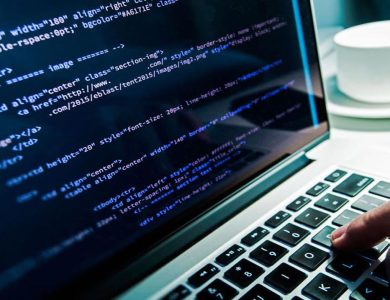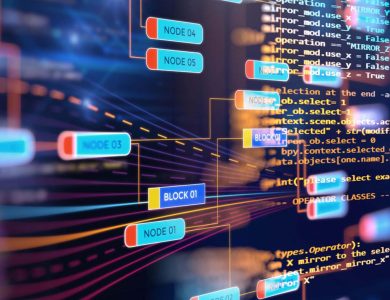Maintenance and Technical Support Section

This section is responsible for providing maintenance services for software and hardware for all computer systems and peripherals at the university, ensuring they operate effectively across all university facilities. It consists of:”
- Section of Reports and Follow-up
- Section of Technical Support and Maintenance
The first Axis, “Support and Maintenance,” explains that the Computer and Network Maintenance Section provides maintenance and technical support for computers and their accessories, such as printers, projectors, and scanners. In addition to hardware support, the division also offers technical assistance for various software and applications used by students and staff. There are two types of support and maintenance provided.
1-The daily or regular support refers to the actions taken by the section when any issue arises with any device.
2- Seasonal or periodic support, which is the sections provision of regular maintenance and support for equipment before the start of any academic term.”
**Second Axis: Consulting and Knowledge Services**: The Maintenance Section sets technical specifications for computers and their accessories by keeping up with the latest developments in information technology. It also provides technical consultations for students and staff.
***Summary of activities and achievements:
Maintaining the continuity of the work of the university’s computers through:
- Developing operating systems and downloading system drivers
- Download the necessary software to suit the needs of users .
- Ensure the safety of technical parts of devices and their accessories (monitors, keyboards, mouse and cables) and repair and replace faulty ones.
- Download drivers for computer peripherals and accessories that meet the technical specifications of the manufacturers.
- Monitoring the condition of internal electronic components of devices and their accessories and repairing them in the event of any malfunctions or failures.
- Maintaining the continuity and safety of the computer peripherals such as printers, scanners and data shows.
- Scanners.
- data shows.
- Developing technical specifications, studying bids and receiving offers regarding the division’s work with the Supplies and Services Department.
- Developing the email system through the following:
- Developing the user’s email version (Outlook) in Windows to newer versions.”
- Increasing the storage capacity of the email (Outlook) version on the user’s device.” It refers to the process of enhancing the available storage space for an Outlook email account on a user’s device.
- Developing the Internet service through the following:
- Developing internet browsers on user devices
- Preparing and configuring the settings of the browsers to ensure the university systems operate effectively.”
- Providing technical support to Internet and email users from administrative and academic staff.
- Providing technical support and follow-up to university system users and solving their problems through:
- Updating web browsers to their latest versions
- Download the necessary software to open system reports
- Connecting systems electronically with printers for printing system reports
- Ensuring that the systems are connected to their respective server to guarantee data updates
- Equipping the laboratories of the faculties, departments and centres at the university through :
- Ensure that the appropriate number of computers is provided for each laboratory in accordance with the lab’s capacity and uses, while also considering the technical specifications required by each faculty.
- Preparing the devices by installing operating system drivers (Windows operating systems) and necessary software according to the laboratory’s usage requirements.
- Preparing devices to connect to the university network by:
- Direct establishing of network cables (wired) and adjusting the necessary settings
- Connect it to a wireless network, define it and adjust its settings.
- Training laboratory supervisors on how to handle equipment and take measures to ensure workflow.
- Developing the expertise of the maintenance department employees in line with the university’s needs through:
- Holding weekly meetings to keep up with and exchange new experiences among the members of the department.
- Establish a mechanism for distributing daily tasks among the department’s members.
- Follow up on the progress of tasks and complete them according to their importance, in a way that ensures the continuity of the university’s work.


